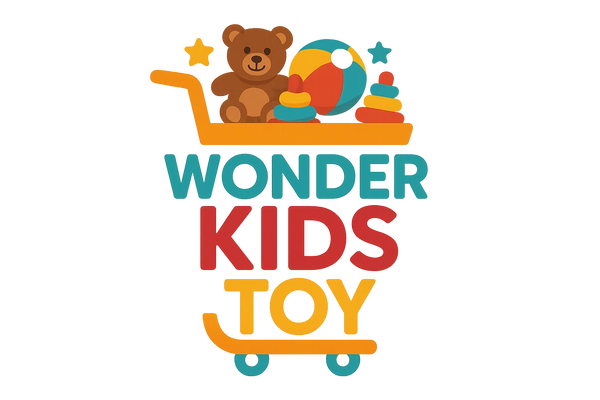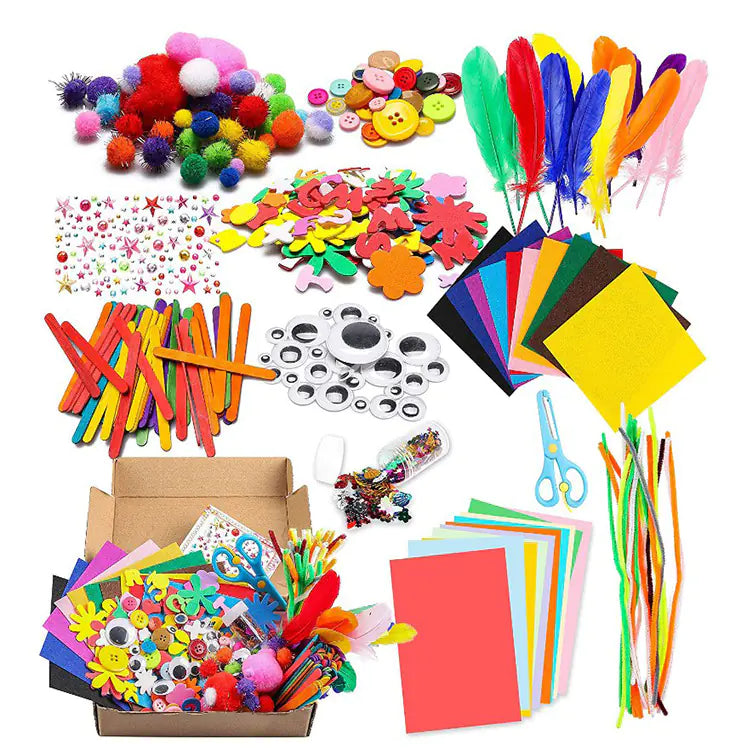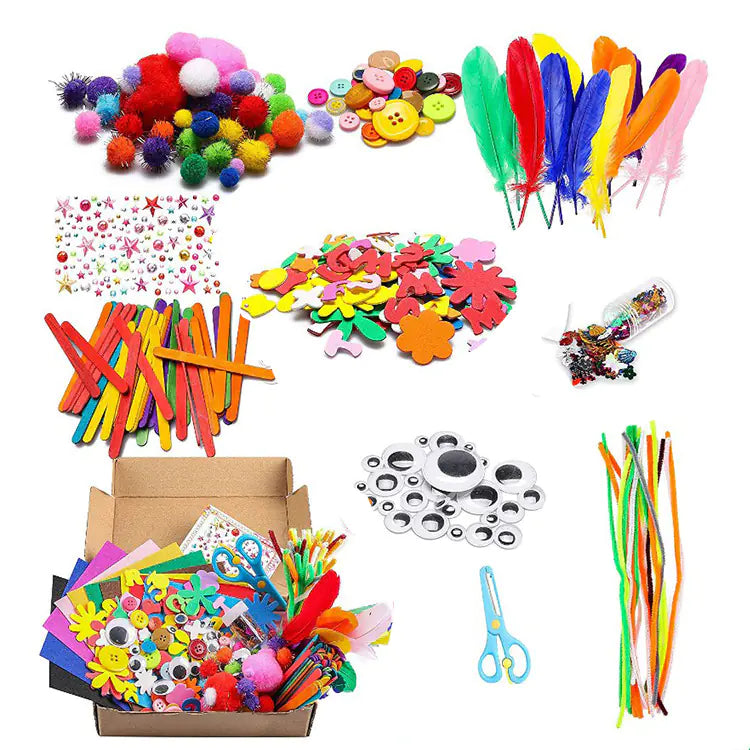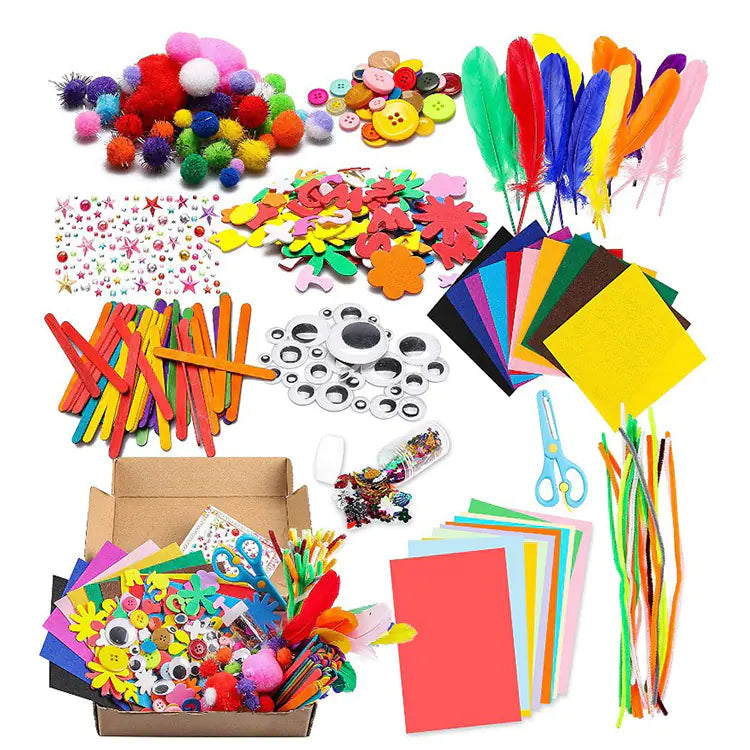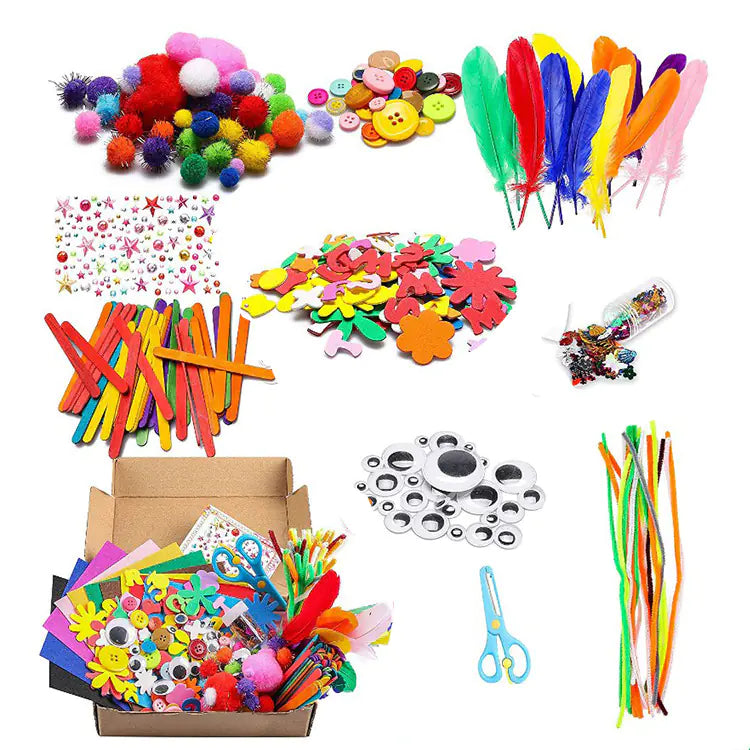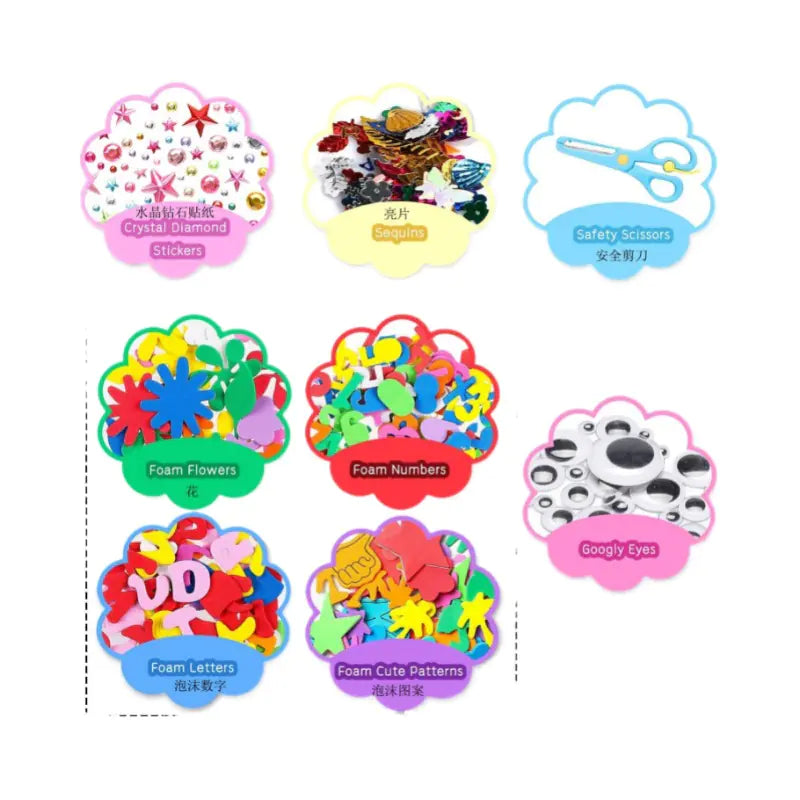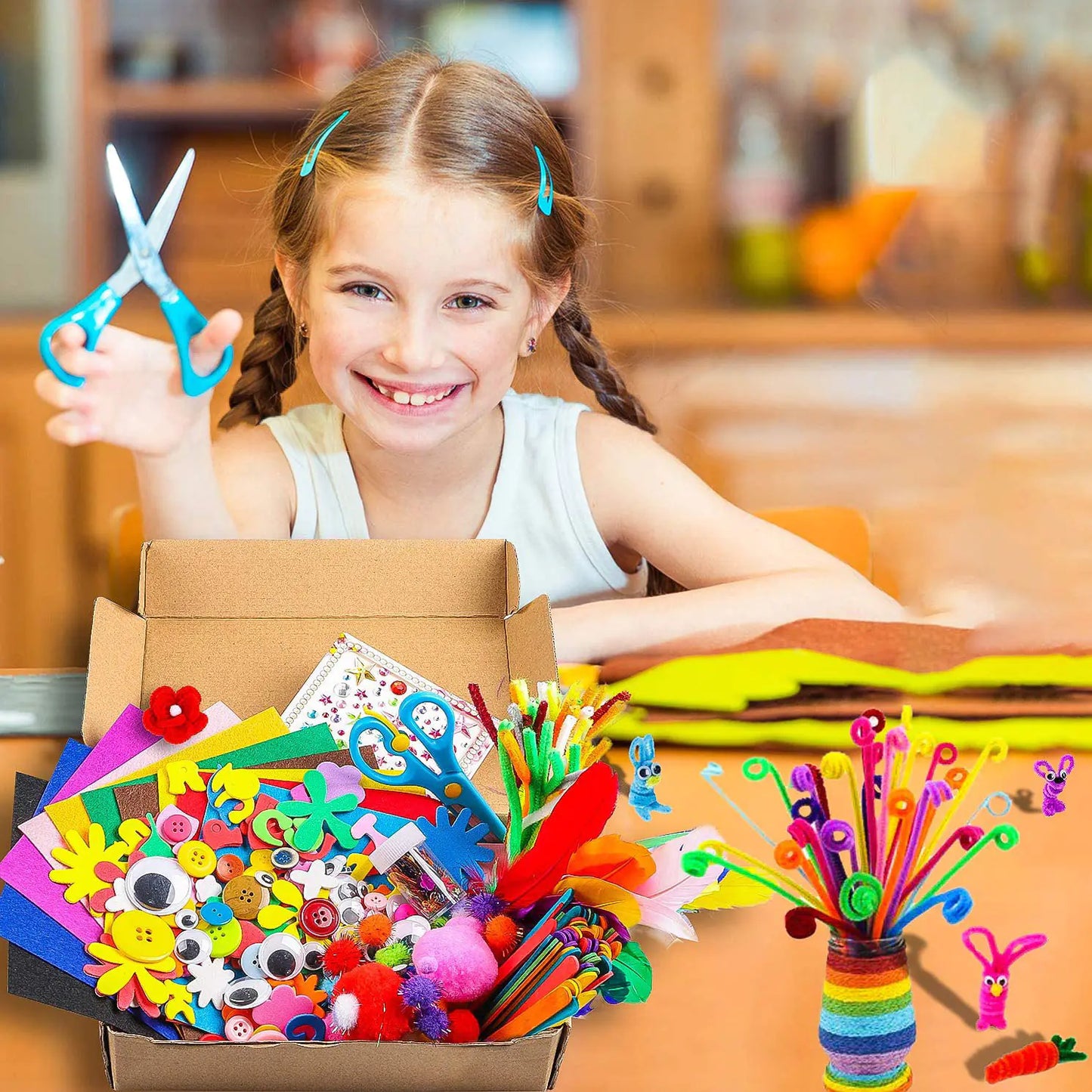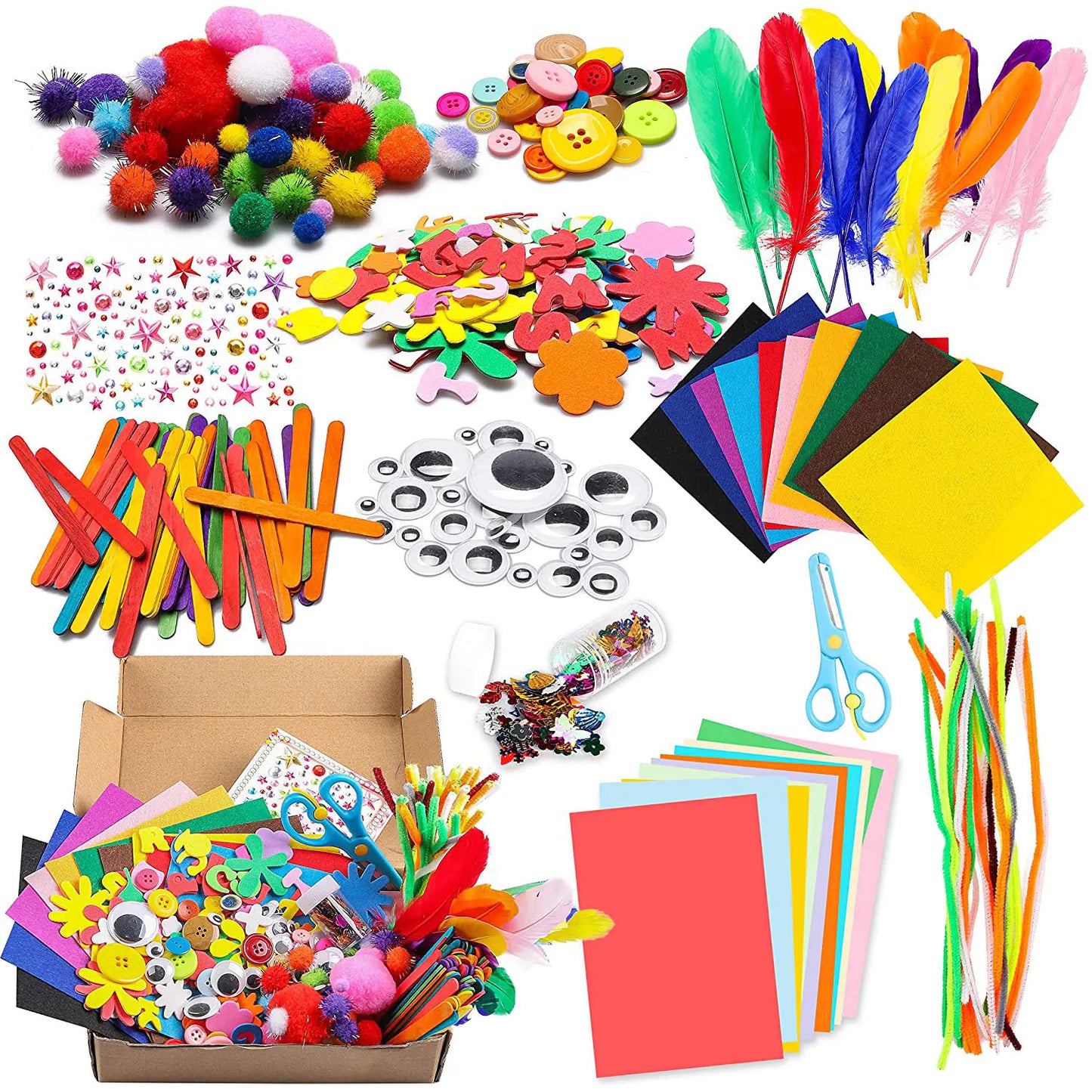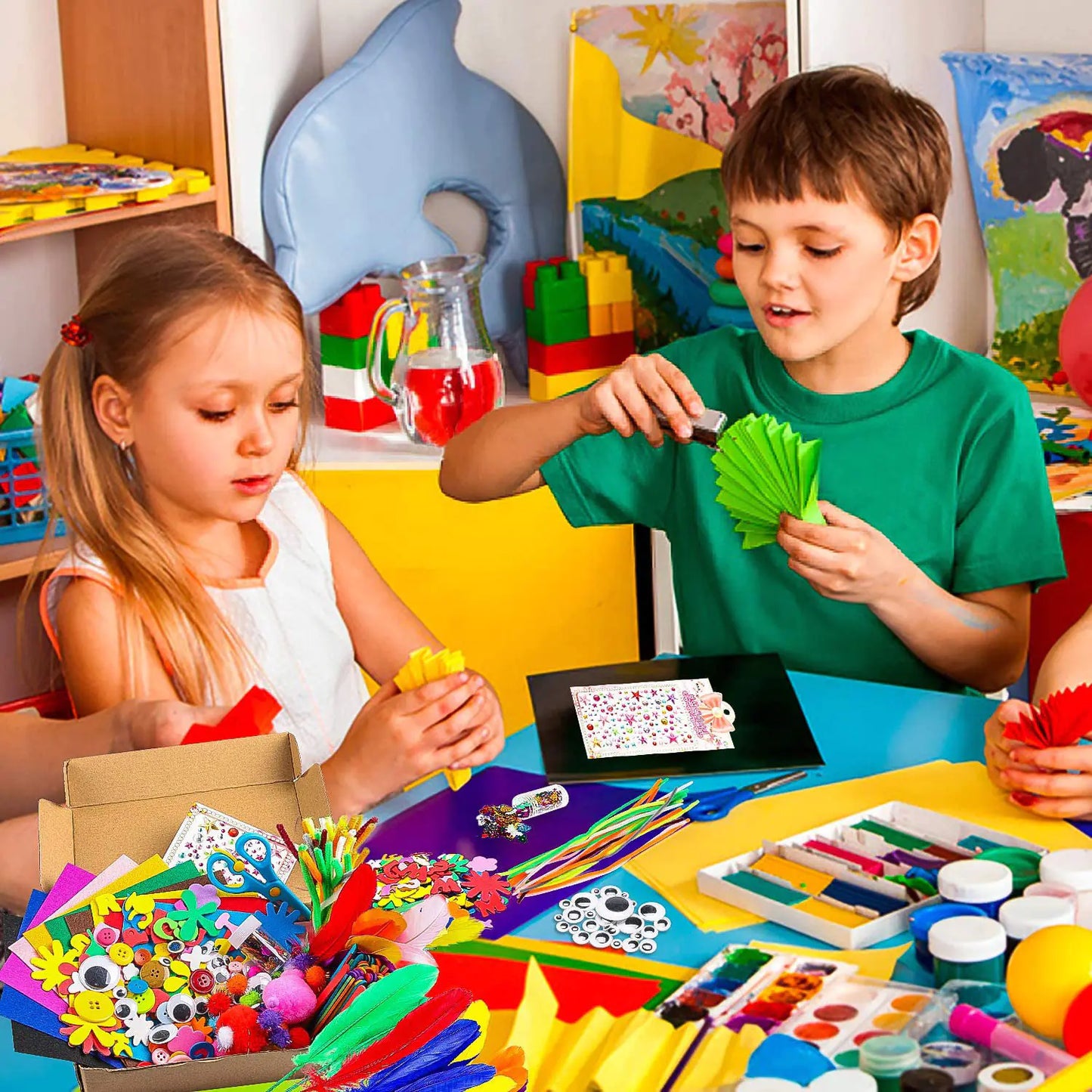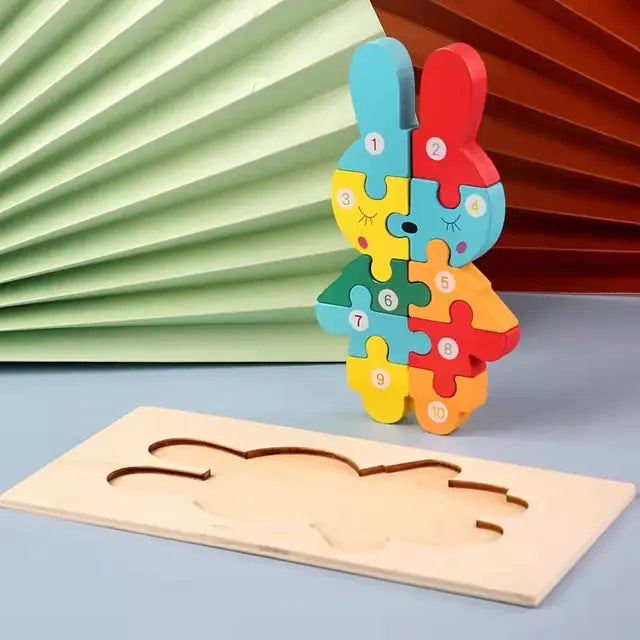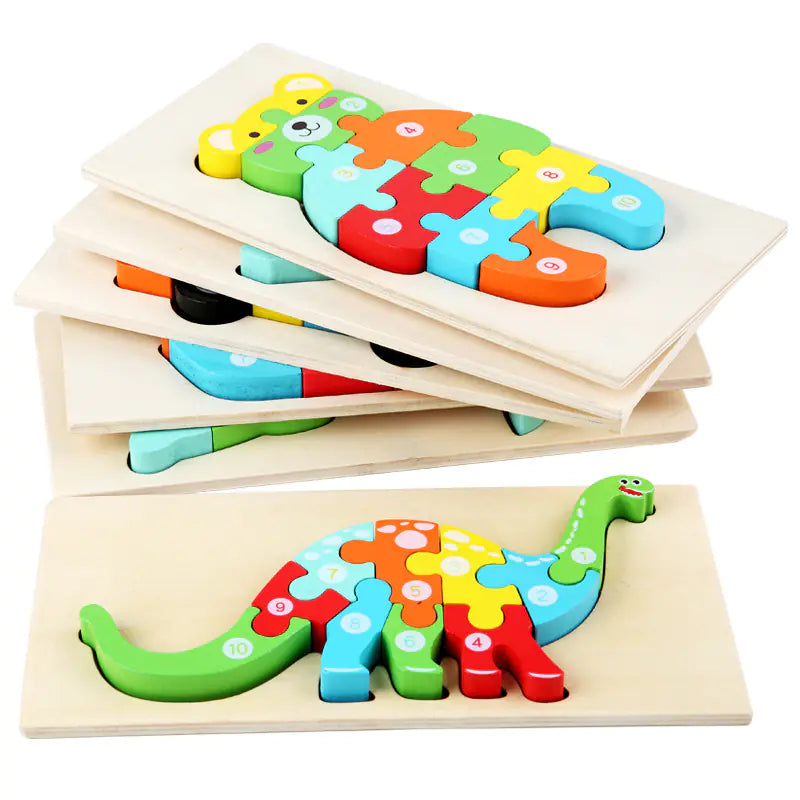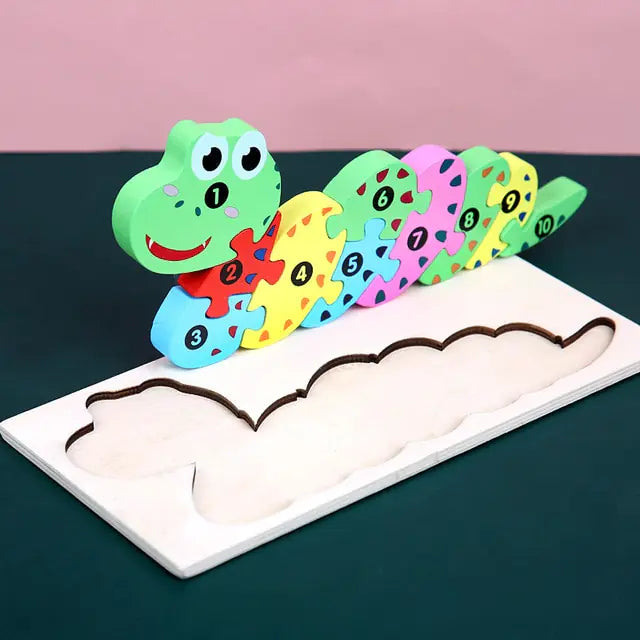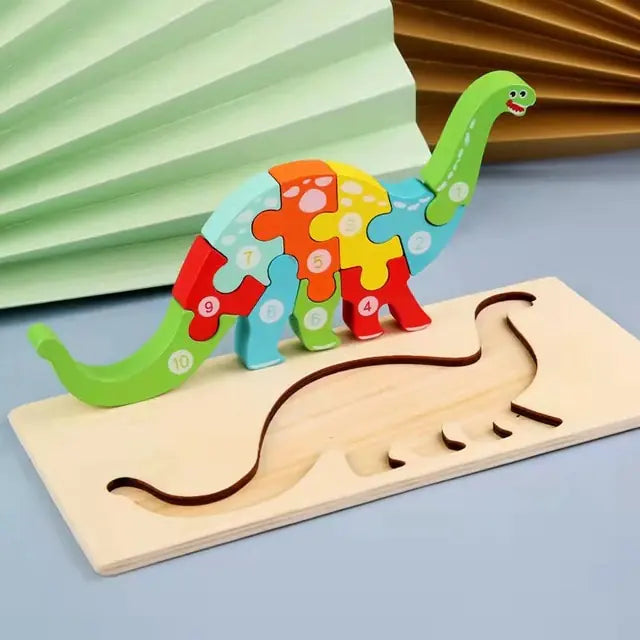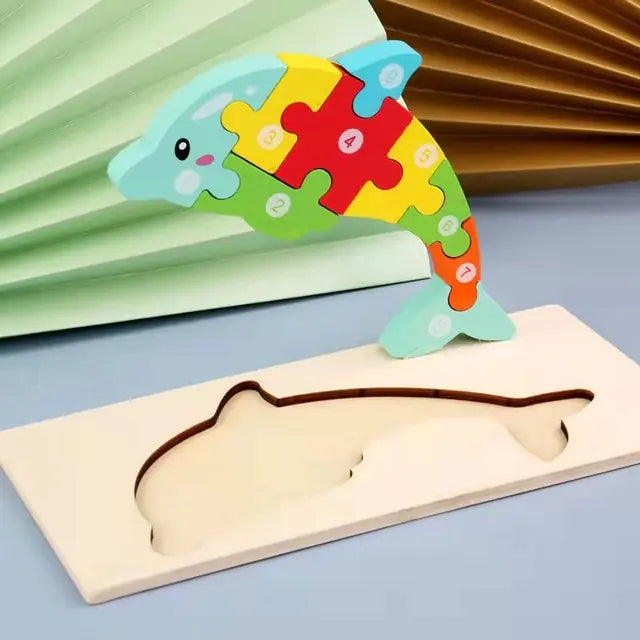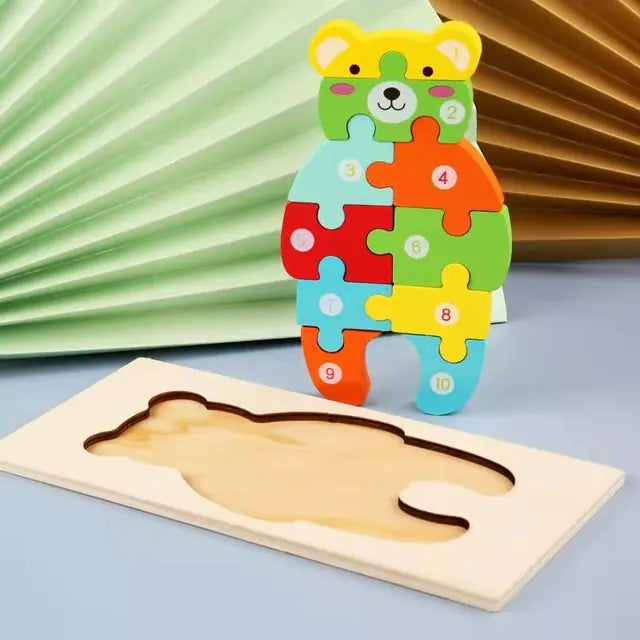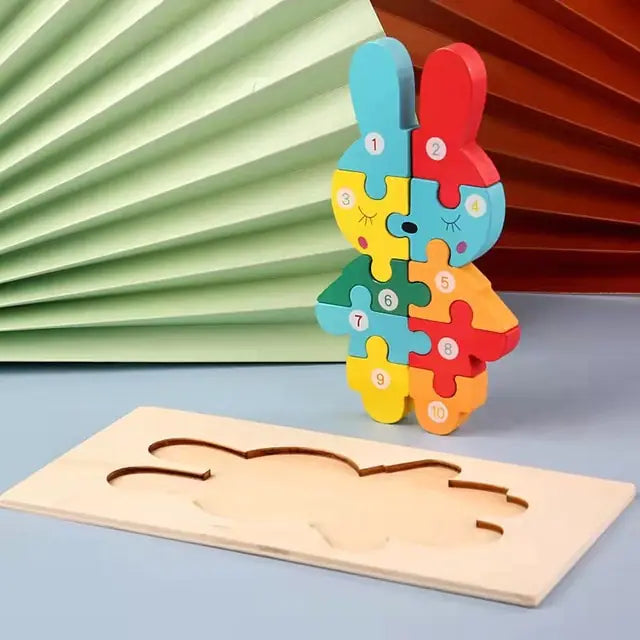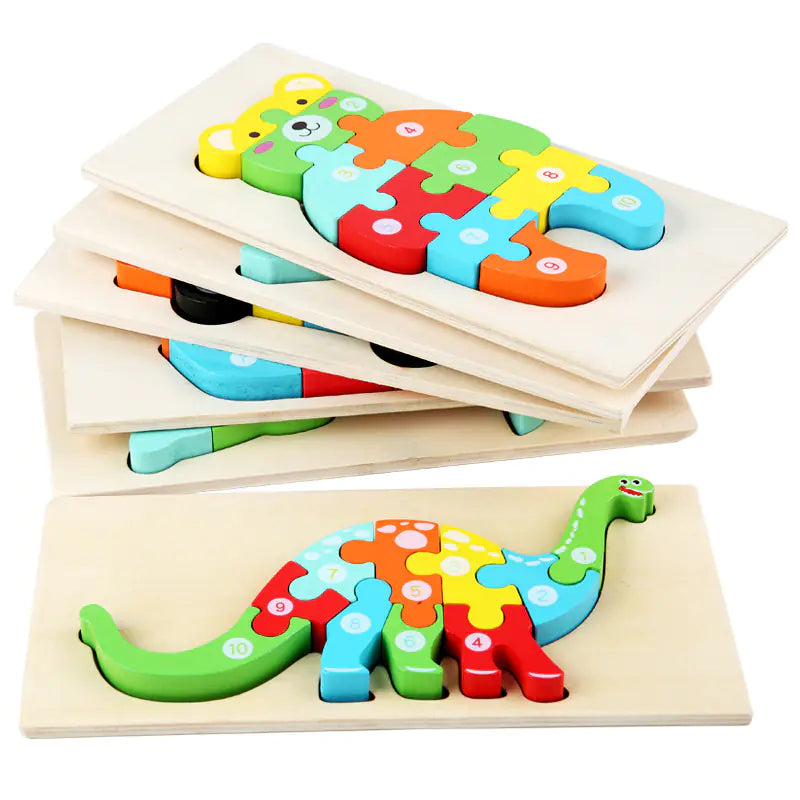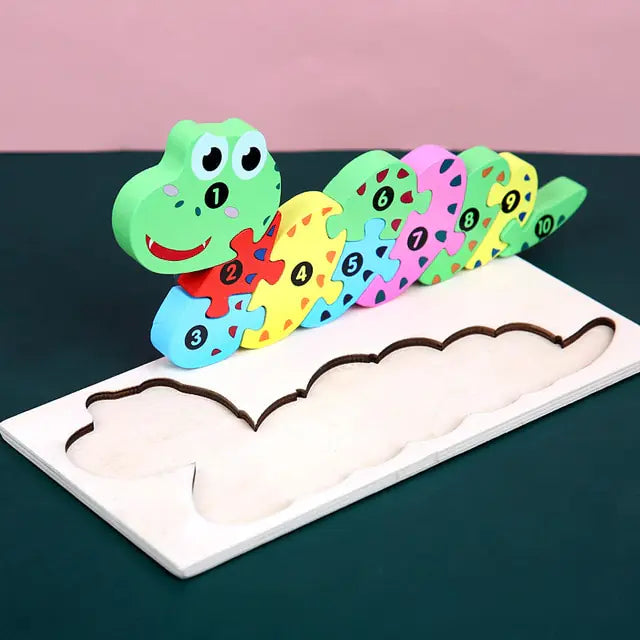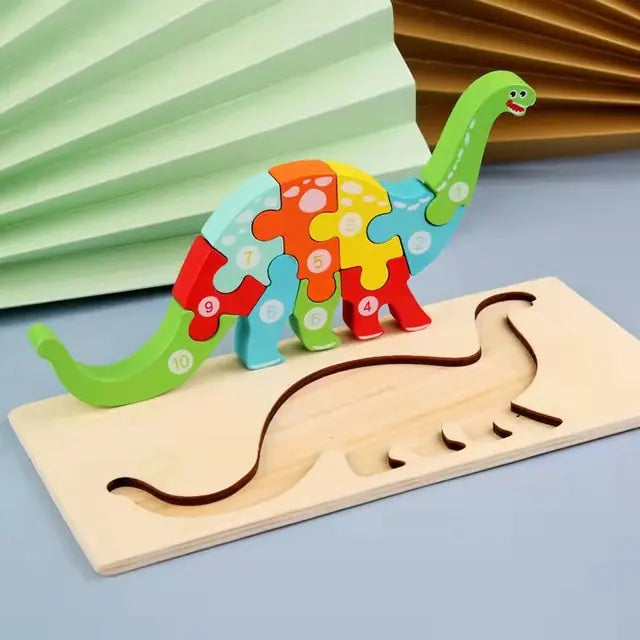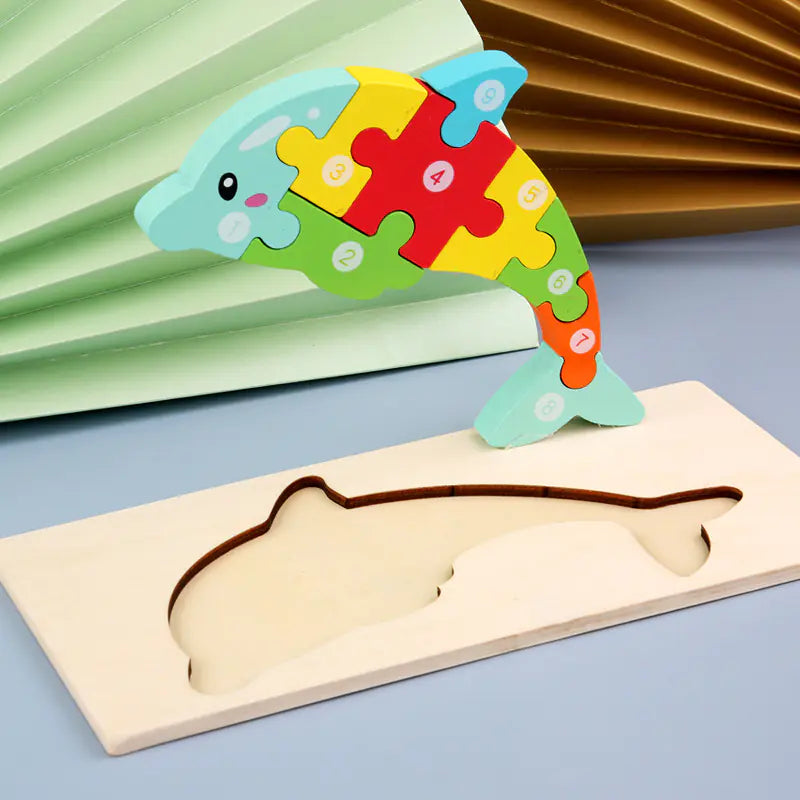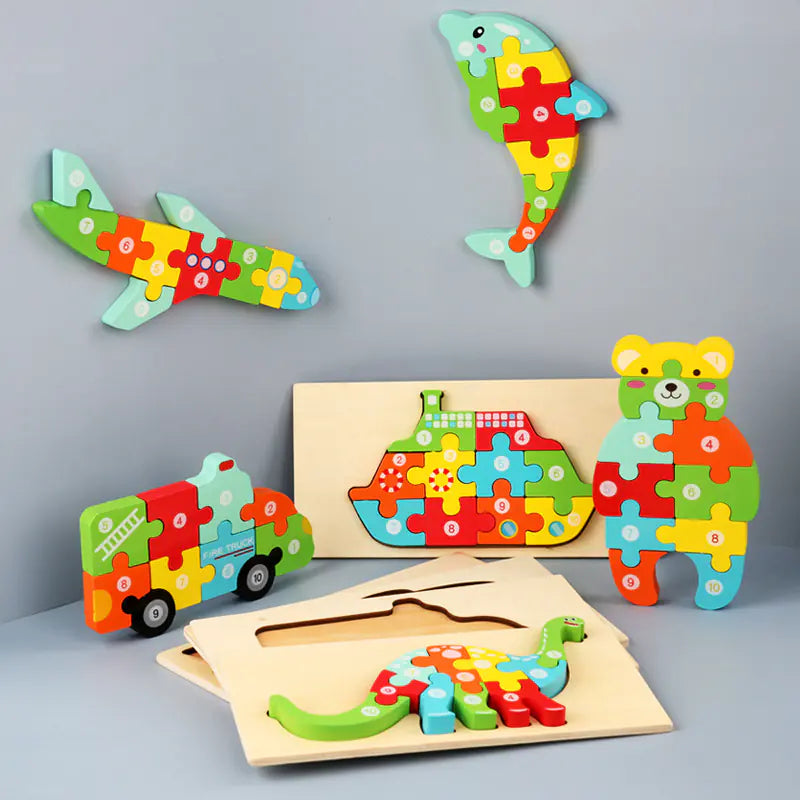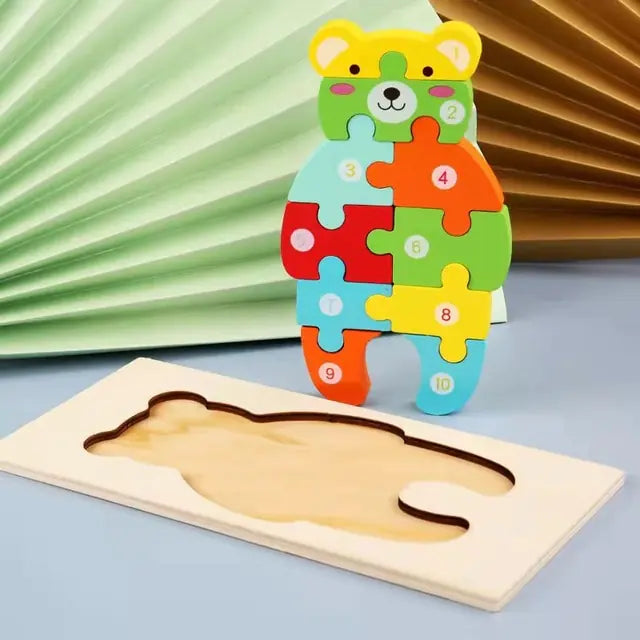Choosing the right educational tools for your child can be tough. There are so many options, it's hard to know where to start. I've been there too, searching for STEM educational toys that spark curiosity and creativity.

This guide is here to help you understand what makes a great STEM toy. I'll show you how to pick the best ones for your child's age and interests. Whether you're looking for coding fun or scientific exploration, I've got expert recommendations.
Key Takeaways
- Understand the different types of STEM toys available for various age groups.
- Choose STEM toys that align with your child's interests and skills.
- Discover the top-rated STEM educational toys that promote learning and fun.
- Find out how STEM toys can help develop essential skills for future innovators.
- Get expert tips on how to make the most out of STEM toys for your child's development.
What Are STEM Toys and Why Do They Matter
STEM toys are more than just toys; they're the foundation for a child's future in science, technology, engineering, and mathematics. As a parent, knowing how STEM learning toys help your child grow is key. These toys encourage critical thinking, problem-solving, and creativity through fun play.
Defining STEM Education in Play
STEM education in play mixes science, technology, engineering, and mathematics into fun learning. It builds a strong base in these subjects, boosting confidence and skills. Educational STEM toys make tough ideas easy and fun for kids.
The Long-term Benefits of STEM Play
Playing with STEM activities offers many benefits for kids. Kids who start with STEM early do better in school, mainly in math and science. It also sharpens problem-solving, boosts creativity, and sparks curiosity.
- Develops critical thinking and problem-solving skills
- Enhances creativity and imagination
- Prepares children for future academic success
- Fosters a deeper understanding of STEM subjects
Adding educational STEM toys to playtime makes learning fun and prepares your child for a future filled with technology and complexity.
The Science Behind Effective Learning Through Play
Learning through play is key for kids' brain growth. STEM toys are a big help. Kids learn to solve problems, think critically, and get creative when they play with STEM toys.
How Children Learn Through Hands-on Activities
Hands-on learning is vital in STEM education. It lets kids touch and explore complex ideas. STEM kits offer a safe space for kids to learn by doing.
STEM toys for toddlers start with simple shapes and colors. STEM toys for preschoolers build problem-solving skills with puzzles and blocks. These activities make learning fun and help kids understand STEM better.
They also improve kids' fine motor skills, hand-eye coordination, and spatial awareness.
Cognitive Development and STEM Challenges
STEM challenges boost kids' thinking and problem-solving skills. Depending on the child's age and skill level, they can be simple puzzles or big engineering projects.
| Age Group | STEM Challenge | Cognitive Benefit |
|---|---|---|
| Toddlers (1-3) | Shape sorting | Problem-solving, fine motor skills |
| Preschoolers (3-5) | Building blocks | Spatial awareness, creativity |
| Elementary (6-10) | Bridge building | Critical thinking, engineering skills |
Parents and teachers help children grow by giving them STEM challenges that fit their age and skill levels, preparing them for a complex world.
STEM Toys for Kids: Finding the Perfect Match
STEM toys are not for everyone; they must match your child's interests and learning style. Knowing what sparks your child's curiosity is key as a parent. This knowledge helps you pick the best tech and educational engineering toys for kids.
Identifying Your Child's STEM Interests
Every child has unique passions and interests. Some might love figuring out how things work, while others enjoy making things. Watching how your child plays can show you what interests them.
- Does your child enjoy solving puzzles? This could indicate an interest in coding or logic.
- Are they fascinated by machines and mechanisms? This might suggest a leaning towards engineering.
- Do they enjoy conducting experiments or exploring nature? This could be a sign of interest in scientific inquiry.
Matching Toys to Learning Styles
Children learn in different ways—visual, auditory, or kinesthetic. Choosing engineering toys that fit their learning style can make learning more fun.
| Learning Style | Characteristics | Recommended STEM Toys |
|---|---|---|
| Visual | Learn through images and visual aids | Building blocks, puzzles, and diagram-based kits |
| Auditory | Learn through sound and oral instructions | Audio-based coding toys, science kits with audio explanations |
| Kinesthetic | Learn through hands-on experiences | Hands-on engineering kits, robotics, and chemistry sets |
Signs Your Child Is Ready for More Advanced STEM Toys
As your child grows, they can handle more complex STEM toys. Look for these signs to know when they're ready for more advanced toys:
- Completing simpler STEM tasks with ease
- Showing a sustained interest in STEM activities
- Demonstrating problem-solving skills and critical thinking
By noticing these signs and watching your child's interests and learning style, you can give them the right tech toys for kids. These toys will help them grow and develop.
Age-Appropriate STEM Toys: A Developmental Guide
Choosing the right STEM toys is key to a child's learning journey. As kids grow, so do their needs, which means the toys they use should change, too.
Preschoolers (Ages 3-5)
Preschoolers learn best with toys that teach shapes, colors, and counting. Building blocks, simple puzzles, and playsets that spark imagination are perfect. These toys boost fine motor skills and introduce STEM in a fun way.
Early Elementary (Ages 6-8)
At this age, kids need toys that challenge their problem-solving skills. LEGO sets, simple robotics, and science kits are excellent. They improve spatial thinking, introduce programming, and spark curiosity.
Late Elementary (Ages 9-11)
Older kids can tackle more complex toys that require critical thinking. Building simple machines, advanced LEGO sets, and coding toys are good choices. These toys deepen their understanding of mechanics, programming, and engineering.
Middle School and Beyond (Ages 12+)
For older kids, toys should tackle complex concepts and prepare them for advanced studies. Robotics kits, advanced coding kits, and complex science kits are best. These toys sharpen their STEM knowledge, setting them up for STEM careers.
| Age Group | STEM Toy Examples | Skills Developed |
|---|---|---|
| 3-5 | Building blocks, simple puzzles | Fine motor skills, basic STEM concepts |
| 6-8 | LEGO sets, simple robotics kits | Spatial reasoning, problem-solving |
| 9-11 | Simple machines kits, advanced LEGO sets | Mechanical principles, programming basics |
| 12+ | Advanced robotics kits, coding platforms | Complex problem-solving, preparation for STEM careers |
Science-Focused STEM Toys That Spark Curiosity
Science-focused STEM toys make learning fun and easy. They help kids explore science hands-on, spark curiosity, and teach kids about science and its uses.
Chemistry Sets and Experiments
Chemistry sets introduce kids to chemical reactions. They come with chemicals and tools for safe experiments. Kids learn by mixing substances and seeing how they react.
Biology and Nature Exploration Kits
Biology kits let kids study plants and animals. They can plant seeds, watch insects, or collect leaves. These toys teach kids about nature and why it's essential.
Physics and Astronomy Toys
Physics and astronomy toys help kids understand gravity and space. They can build machines or model the solar system, teaching them about the universe.
| Toy Type | Age Range | Learning Benefits |
|---|---|---|
| Chemistry Sets | 8-12 years | Understanding chemical reactions, analytical skills |
| Biology Kits | 6-10 years | Exploring nature, conservation, and ecosystems |
| Astronomy Toys | 8-14 years | Understanding celestial mechanics, gravity |
Choosing the right STEM toys is key. They offer a fun and educational experience, sparking curiosity and a love for learning in kids.
Technology Toys That Teach Digital Literacy
In today's digital world, getting kids started with tech toys that teach digital skills is key. These toys are fun and teach essential skills like problem-solving and creativity. They help kids get ready for a world that's all about technology.
Coding Toys for Beginners
Coding toys are a great way to introduce kids to programming. They come in many forms, from simple games to complex robotics kits. For newbies, Codeybot or Dash are perfect. They make learning to code fun and engaging.
Robotics for Young Innovators
Robotics kits are also excellent for teaching digital skills. Kids can build and program their robots. This helps them learn about engineering and problem-solving. Lego Boost and Sphero Mini are popular choices for kids.
Electronics and Circuit Building Sets
Electronics kits let kids learn about circuits and electronics by doing. They include parts like resistors and LEDs. Kids can build circuits and see how they work. Snap Circuits is an excellent kit for all skill levels.
| Toy Type | Age Range | Skills Developed |
|---|---|---|
| Coding Toys | 6-12 years | Problem-solving, Critical Thinking |
| Robotics Kits | 8-14 years | Mechanical Engineering, Programming |
| Electronics Kits | 10-16 years | Circuitry, Electronics |
Choosing the right tech toys is essential. It helps kids learn the digital skills they need to succeed today.
Engineering Toys for Kids: Building Tomorrow's Innovators
Introducing kids to engineering toys sparks a love for making and inventing. These toys boost creativity, problem-solving, and critical thinking. These skills are key for tomorrow's innovators.
Construction Sets and Building Blocks
Construction sets and building blocks are top picks for kids. They improve spatial awareness, fine motor skills, and creativity. LEGO offers a variety of sets for different ages and abilities.
Construction sets offer many benefits. They help kids solve problems, understand space, and spark creativity and imagination.
Mechanical Engineering Kits
Mechanical engineering kits teach kids about mechanics and engineering. They include parts like gears and motors for building devices. Popular kits include:
- K'NEX Thrills Roller Coaster Building Set
- LEGO Technic Bugatti Chiron
- Meccano Erector Set
These kits help kids grasp mechanical systems and improve problem-solving skills.
Architectural Design Toys
Architectural design toys let kids explore creativity and learn about building design. They use blocks and parts that mimic real architecture. Benefits include:
- Improving spatial reasoning and visualization
- Introducing architectural concepts
- Boosting creativity and imagination
In summary, engineering toys are essential for the next generation of innovators. They give kids the tools and skills to create and solve problems.
Mathematics Made Fun: Toys That Build Number Sense
Teaching kids about numbers is key, and the right STEM activities for kids make it fun. Math is a big part of STEM; playing with it helps kids understand and love it.

There are many types of math toys, each helping kids differently. Let's look at some of these.
Counting and Basic Math Toys
Young kids need toys that teach counting and basic math. Number lines, counting blocks, and simple games are great. For example, Cuisenaire Rods help kids learn math by exploring with their hands.
Geometry and Spatial Reasoning Games
Geometry and spatial skills are essential for math. Toys like LEGO bricks, jigsaw puzzles, and shape sorters are perfect for helping kids improve at these skills.
"Geometry is the art of correct reasoning from incorrectly drawn figures."
- A funny quote that shows how vital spatial skills are.
Logic Puzzles and Problem-Solving Challenges
Logic puzzles and challenges are great for thinking and math skills. Toys like Rubik's Cubes and brain teasers make kids think outside the box and build confidence in solving problems.
Using a mix of educational STEM toys in play can help kids with math. By picking toys that are both fun and challenging, parents can give their kids a solid math foundation.
STEM Robotics Kits: From Beginners to Advanced
STEM robotics kits are key for kids to learn robotics and programming. They teach technical skills and improve problem-solving, creativity, and critical thinking. Parents can pick the right kit for their child's age and skill level.
Entry-Level Robotics for Young Children
Young children start with easy-to-use robotics kits. These kits have visual programming and colorful designs, and they introduce basic robotics in a fun way. For example, Dash and Dot robots use block-based programming to teach coding.
Programmable Robots for Elementary Ages
Older kids move to programmable robots that teach more complex coding. Kits like Lego Mindstorms let kids build and program robots. They learn problem-solving, creativity, and critical thinking.
Advanced Robotics for Teens
Teens get advanced robotics kits that teach complex concepts. These kits prepare them for careers in robotics, engineering, and tech. Examples include kits for making autonomous robots or working with AI and machine learning.
In conclusion, STEM robotics kits offer a great learning experience for kids of all ages. By choosing the right kit, parents help their child stay engaged and develop essential skills for the future.
STEM Building Toys That Encourage Creativity
STEM building toys help kids unlock their creativity. They boost imagination, problem-solving, and critical thinking. Parents must pick toys that both entertain and educate their children.
Open-ended construction systems are great for sparking creativity. These systems let kids build anything they dream of, from simple to complex projects.
Open-Ended Construction Systems
Systems like LEGO, K'NEX, or Magna-Tiles give kids creative freedom. They are excellent for improving problem-solving, hand-eye coordination, and spatial skills.
- LEGO sets offer a wide range of themes and complexity levels.
- K'NEX rods and connectors allow kids to build 3D structures.
- Magna-Tiles provide a magnetic building experience.
Combining Art with Engineering
Another creative way is to combine art with engineering. Toys that combine art and engineering help kids with fine motor skills, creativity, and critical thinking.
Examples include:
- Building sets with artistic elements, such as LEGO Friends or DUPLO.
- Artistic construction toys, such as magnetic tiles or building blocks with unique shapes.
Using STEM building toys in play helps kids build a strong foundation in creativity and problem-solving. As a parent, choosing toys that match your child's interests and abilities is key for a fun learning experience.
STEM Science Kits That Bring Learning Home
Children can learn science at home with the right STEM science kits. These kits make learning fun and interactive. They cover topics from introductory chemistry to complex physics.
Kitchen Science Experiments
Kitchen science experiments use everyday ingredients to teach science. Kids can make slime, create volcanoes, or make lava lamps. These activities teach science and encourage creativity.
Environmental Science Kits
Environmental science kits teach about the natural world and our impact. Kids can build ecosystem models, study the water cycle, or learn about renewable energy. These kits help kids feel responsible for the environment.
Human Body and Health Science Toys
Human body and health science toys teach kids about their bodies. They include models of the human body, experiments on the senses, and nutrition activities. These toys help kids understand human biology.
| Type of Kit | Description | Age Range |
|---|---|---|
| Kitchen Science Experiments | Experiments using everyday kitchen ingredients | 6-12 years |
| Environmental Science Kits | Learning about ecosystems and environmental conservation | 8-14 years |
| Human Body and Health Science Toys | Understanding human biology and health | 7-13 years |
Choosing the right STEM science kits is an excellent way for parents to help their kids learn science. Whether through kitchen experiments, environmental studies, or human biology, these kits make learning fun and hands-on.
Inclusive STEM Toys for Diverse Learners
In today's world, inclusive STEM toys are key for all learners. Every child learns in their way. These toys meet many needs, helping all kids develop STEM skills.

STEM Toys for Children with Different Abilities
Children with different abilities need STEM toys that fit their needs. For example, toys with audio or touch feedback help visually impaired kids. Simple, clear toys are great for kids with cognitive challenges. LEGO Braille Bricks are a good example, teaching Braille and building skills together.
"Inclusive STEM toys make learning better for kids with different abilities," says Dr. Jane Smith, a special education expert. "They give every child a fair chance to succeed in STEM."
Breaking Gender Stereotypes in STEM Play
Inclusive STEM toys also fight gender stereotypes. STEM fields have often been seen as for boys. These toys challenge that idea by letting both boys and girls explore STEM. Toys with female scientists or engineers inspire girls to go into STEM.
We create a fair learning space by making STEM toys diverse and inclusive. This benefits each child and helps STEM fields grow more varied and innovative.
How to Evaluate the Educational Value of STEM Toys
Choosing STEM toys is essential. You want them to be fun and educational. We'll show you how to pick toys that meet these needs.
Identifying Quality Learning Objectives
Start by looking at what the toy teaches. Find toys that clearly state what your child will learn. For example, a coding toy should teach specific skills like loops or conditional statements.
According to
"STEM education is not just about teaching science, technology, engineering, and mathematics; it's about fostering critical thinking, problem-solving, and creativity."
Choosing toys that match these goals helps your child learn more.
Balancing Fun with Educational Content
A great STEM toy is both fun and educational. Too much education can make it boring. If it is too much fun, it might not teach much. Look for toys that mix learning with play well.
- Toys that offer open-ended play encourage creativity and problem-solving.
- Toys with adjustable difficulty levels can grow with your child, providing a continuous learning experience.
Avoiding Gimmicks and Educational "Washing"
Some toys seem educational, but aren't. Watch out for gimmicks or exaggerated claims. Research the toy's maker and read reviews from others. A good brand will show proof of its toy's value.
You can pick STEM toys that help your child learn by being thoughtful and informed.
Budget-Friendly STEM Toys That Don't Compromise Quality
Budget-friendly STEM toys are both affordable and educational. As a parent, you want the best for your child. This includes toys that are engaging and teach them essential skills. The good news is, you don't have to spend a lot to help your child start learning STEM.
Affordable Options Under $25
Toys like counting blocks and basic coding sets are great for younger kids. They're under $25. Brands like LEGO and Learning Resources have many affordable, educational toys.
Mid-Range Investments ($25-$75)
You can get STEM toys that offer more learning for a bit more money. Robotics kits and chemistry sets are examples. These toys teach STEM concepts and help kids solve problems and think critically.
When to Splurge on Premium STEM Products
While affordable toys are suitable for beginners, sometimes it's worth spending more. If your child loves a STEM subject, a more advanced toy can help them learn more. Premium toys often have more strenuous activities that keep older kids interested.
| Price Range | STEM Toy Examples | Learning Benefits |
|---|---|---|
| Under $25 | Counting blocks, basic coding toys | Basic math, introduction to coding |
| $25-$75 | Robotics kits, chemistry sets | Problem-solving, critical thinking |
| Over $75 | Advanced robotics, specialized science kits | In-depth knowledge, complex problem-solving |
The Future of STEM Toys: Emerging Trends and Innovations
The world of STEM toys is changing fast. As a parent, you might wonder what's coming next for your child's learning fun. We'll look at the exciting new things happening in STEM toys.
Augmented Reality in Educational Play
Augmented reality (AR) is changing STEM education. AR-enabled STEM toys make learning fun by bringing ideas to life. For example, AR can turn a math problem into a cool, interactive game.
Artificial Intelligence and Adaptive Learning
Artificial intelligence (AI) is also a big trend in STEM toys. AI toys can adapt to a child's learning pace. They offer challenges and feedback that fit each child's needs, keeping kids interested and eager to learn.
Sustainability in STEM Toy Manufacturing
Now, STEM toys are made with the planet in mind. Makers are using eco-friendly materials and better ways to make toys. This helps the environment and teaches kids about caring for our planet.
Some significant trends to keep an eye on are:
- More AR and AI in STEM toys
- Focus on making toys better for the environment
- Learning experiences that are made just for each child
Nurturing Tomorrow's Innovators Today
STEM toys are key in shaping the next generation of innovators. Parents can choose the best STEM toys for kids based on their age and interests, which helps them make informed decisions.
Educational STEM toys do more than entertain. They build essential skills for life. These toys cover science, technology, engineering, and math, giving kids a solid foundation for success.
When picking STEM toys, consider what each child needs and can do. This way, parents can foster a lifelong love for learning. By giving them the right tools and support, you can help shape tomorrow's innovators.
Investing in the best educational STEM toys means investing in your child's future. I suggest looking into the many options available and finding the perfect fit for your child.
